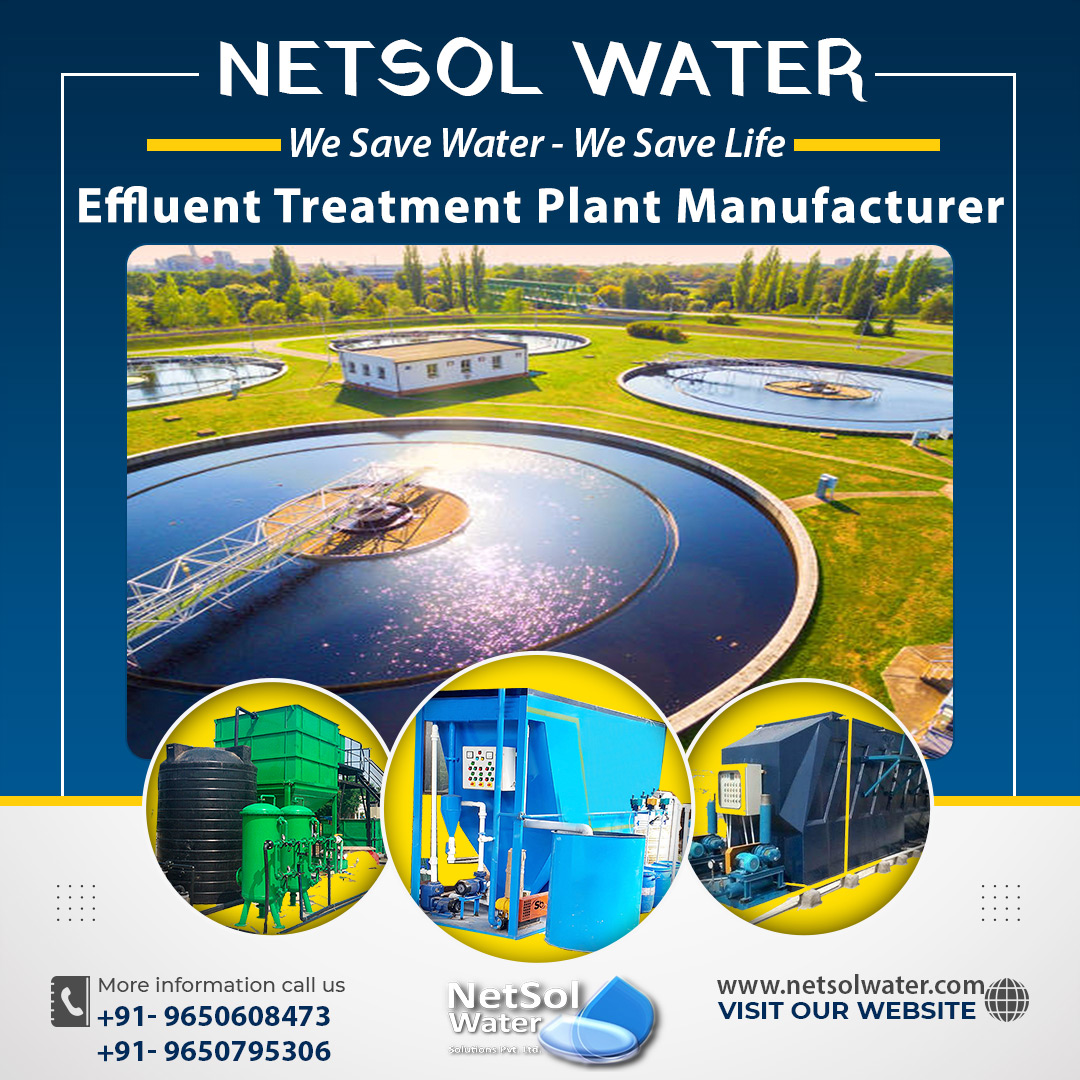How to install Water Treatment Plants?
Step 1: Analyse the law
When you consider all of the legal issues, installing an off-mains drainage system might be a scary concept. Everything from the sort of tank that is appropriate for a property to where it may be put, where it can discharge to, and what kind of ground conditions are allowed is governed by laws and regulations.
Step 2: Site Inspection
Before you can consider purchasing and building a water treatment plant, you must first assess the installation location to determine the sort of system required.
Do you require any permits for installing a water treatment plant?
Before proceeding, it is also critical to determine if you will require building regulations approval and/or planning clearance for the water treatment plant. Failure to comply with or obtain any of these may result in your installation being halted entirely.
Step 3: Create the water treatment system
Your site survey results will all have an influence on the design of your system. Now is the time to start looking for a water treatment plant that meets your requirements.But, before you go to read our extensive inventory of water treatment plant products, there are a few more calculations to perform and factors to consider to help you pick the ideal one.
1: Sizing the tank to meet your requirements
2: Choosing the proper tank
3: Sizing the drainage field
Step 4: Configuration of the treatment system
This is where we reaffirm our suggestion that the installation of a water treatment system should be performed by a professionally trained and qualified expert.
Can I build my own water treatment plant?
Yes, provided you carefully read the manufacturer's instruction manual.
Step 5: Installing Procedures
• Examine the tank for damage
Make careful to full check on the tank when it is received, because most manufacturers will not accept claims for damage, after the tank is fitted.
• Double-check that your invert depths are proper
During the site survey and design stages of your project, you should have evaluated the depth of your incoming pipes and bought a tank with the necessary invert levels.
• Positioning the tank
Check your chosen installation site against the installation manual's requirements, as they may prescribe additional conditions and minimum distances particular to their tank.
• Dig the hole
Check that it is large enough to accommodate the tank and any necessary backfill, then build the appropriate sort of base (typically concrete) for the tank to sit on.
• Think about drainage falls
This should have been part of your planning from the start, but it's always worth double-checking, especially with a gravity system.
• Position the tank
Lower the tank into the hole with caution, using the specified lifting mechanism, while confirming that the inlet and outlet orientations are proper and the tank is level.
• Use the proper backfill
The most typical recommendations are concrete, gravel, or sand, but read the instruction manual to see what the manufacturer recommends and follow their methods for adding backfill to the site.
• Connect the inlet and outlet
If everything goes as planned, this should be a simple procedure, but if you are hesitant, call a competent plumber.
• Connect the inlet and outlet
Assuming that everything has gone according to plan thus far, connecting the pipe work should be quite simple. It is worth mentioning, however, that some manufacturers recommend installing inspection chambers before and after the treatment plant to provide for simpler maintenance access in the event that difficulties occur in the future.
• Connect the electrical wires
Please leave any electrical work to a professional unless you are a certified electrician.
• Use the proper cover and frame
Assuming you gave the necessary site data to the water treatment plant supplier/manufacturer, the most appropriate cover and frame should already be delivered.
Step 6: Execution
It is critical to understand how it works and that there are certain limitations to using it.
Step 7: Maintenance
You should have prepared for future maintenance demands before establishing your water treatment facility.
How can Netsol Water help?
We are a significant water and wastewater treatment firm in India, offering WTP, WWTP, STP, ETP, Industrial & Commercial RO Plant manufacture, among other services. We also manufacture Compact and containerized WWTPs & STPs for several applications.




